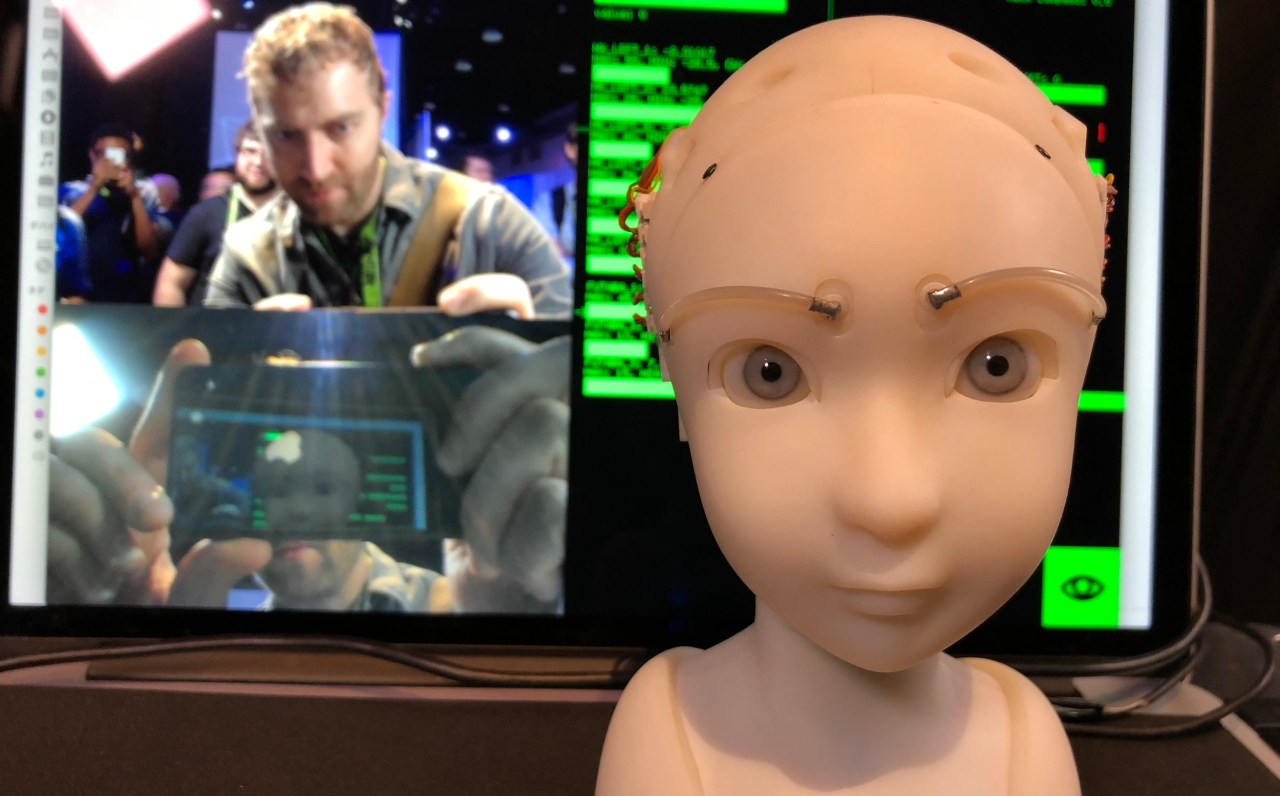Imagine encountering a robot that not only makes unbroken eye contact with you but also mirrors your expressions in real-time. At first thought, it might sound like something out of a sci-fi movie; however, this essence of human-robot interaction is rapidly moving from fiction to reality, as demonstrated by the Simulative Emotional Expression Robot, or SEER, unveiled at SIGGRAPH.
What is SEER?
Created by Takayuki Todo, SEER is a humanoid robot head that fundamentally changes the game for how we engage with machines. Its capabilities allow it to identify nearby individuals, maintain eye contact, and imitate their expressions, providing a groundbreaking glimpse into emotionally aware robots. Though this sounds simple, executing it well involves intricate technology aimed at understanding human emotions intricately.
The Technology Behind SEER
- Imitation Mode: Using a real-time camera, SEER can track and mirror the gestures of facial movements such as the position of your eyebrows and eyelids. While still a work in progress, SEER’s imitative abilities can generate eerily accurate representations of human expressions.
- Eye Contact Mode: This mode sees the robot autonomously maintaining eye contact with the nearest person, a feature that may initially feel unsettling. The emotional connection this fosters appears contrary to the usual interaction with robots, making it surprisingly engaging.
The Uncanny Valley Experience
While the imitation isn’t flawless—experiencing occasional glitches—the robot’s ability to mimic certain human expressions plunges it into the “uncanny valley,” evoking emotional responses from onlookers. The lifelike realism of SEER’s eyes creates an unexpected empathetic connection, stimulating feelings one would typically reserve for interactions with humans rather than machines.
Potential Applications: Art Meets Technology
Currently conceived as an art project, SEER is a harbinger of what we might encounter in our daily lives soon. The technology could seamlessly integrate into future virtual assistants, making them not only more user-friendly but emotionally aware. Imagine sharing your concerns with a virtual assistant that not only listens but genuinely mirrors your feelings.
The Ethical Dilemma
However, this innovation raises critical questions about the moral implications of emotional robots. What does it mean for human interaction when machines can simulate emotional responses? Could this lead to a situation where individuals prefer engaging with robots over humans? The implications are broad and diverse, touching fields ranging from mental health support to companion robots.
Conclusion: A Brave New Era
As we continue innovating in the realm of robotics, SEER stands at the forefront of an emotional revolution, blending art and technology in groundbreaking ways. This exploration into artificial empathy is not merely a technical achievement—it’s a reflection of humanity’s aspiration to build connections, even with machines. As we tread into this brave new era of human-robot interactions, it becomes increasingly vital to consider the implications of our designs on society and individual well-being.
At fxis.ai, we believe that such advancements are crucial for the future of AI, as they enable more comprehensive and effective solutions. Our team is continually exploring new methodologies to push the envelope in artificial intelligence, ensuring that our clients benefit from the latest technological innovations.
For more insights, updates, or to collaborate on AI development projects, stay connected with fxis.ai.

